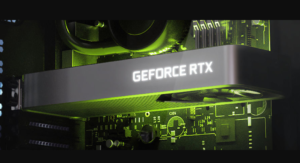Intel’s 13th generation processors, also known as Raptor Lake, have been released and they come with some impressive improvements. The processors are based on a hybrid architecture that combines high-performance cores with power-efficient cores. This allows for better energy efficiency and increased performance.
The Raptor Lake processors come in both desktop and mobile versions. The desktop processors have up to 16 cores and 24 threads, while the mobile processors have up to 8 cores and 16 threads. This makes them ideal for a wide range of applications, from gaming and content creation to everyday computing.
One of the most notable improvements on the Raptor Lake processors is the use of Intel’s new 10nm Enhanced SuperFin process technology. This provides better transistor density, lower power consumption, and increased clock speeds. The processors also use DDR5 memory support, which provides higher bandwidth and lower power consumption compared to DDR4.
In terms of performance, the Raptor Lake processors deliver a significant boost over the previous generation. They offer up to 28% higher single-threaded performance and up to 33% higher multi-threaded performance. This results in faster application loading times, better multitasking, and smoother overall performance.
Another key feature of the Raptor Lake processors is support for PCIe 5.0, which provides faster data transfer speeds and improved connectivity. The processors also come with integrated USB 3.2 Gen 2×2 support, which allows for even faster data transfer rates.
Overall, the Intel 13th generation processors are a significant improvement over the previous generation. They offer better performance, improved energy efficiency, and faster data transfer speeds. Whether you’re a gamer, content creator or just someone who needs a powerful computer for everyday use, the Raptor Lake processors are worth considering.





